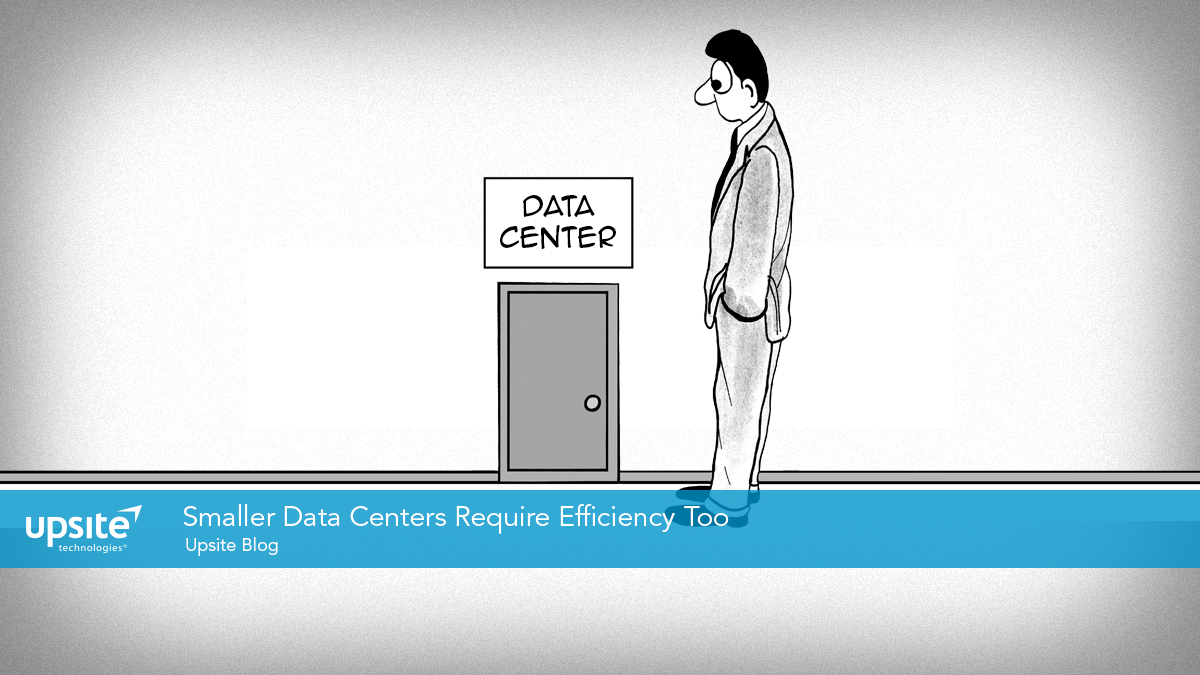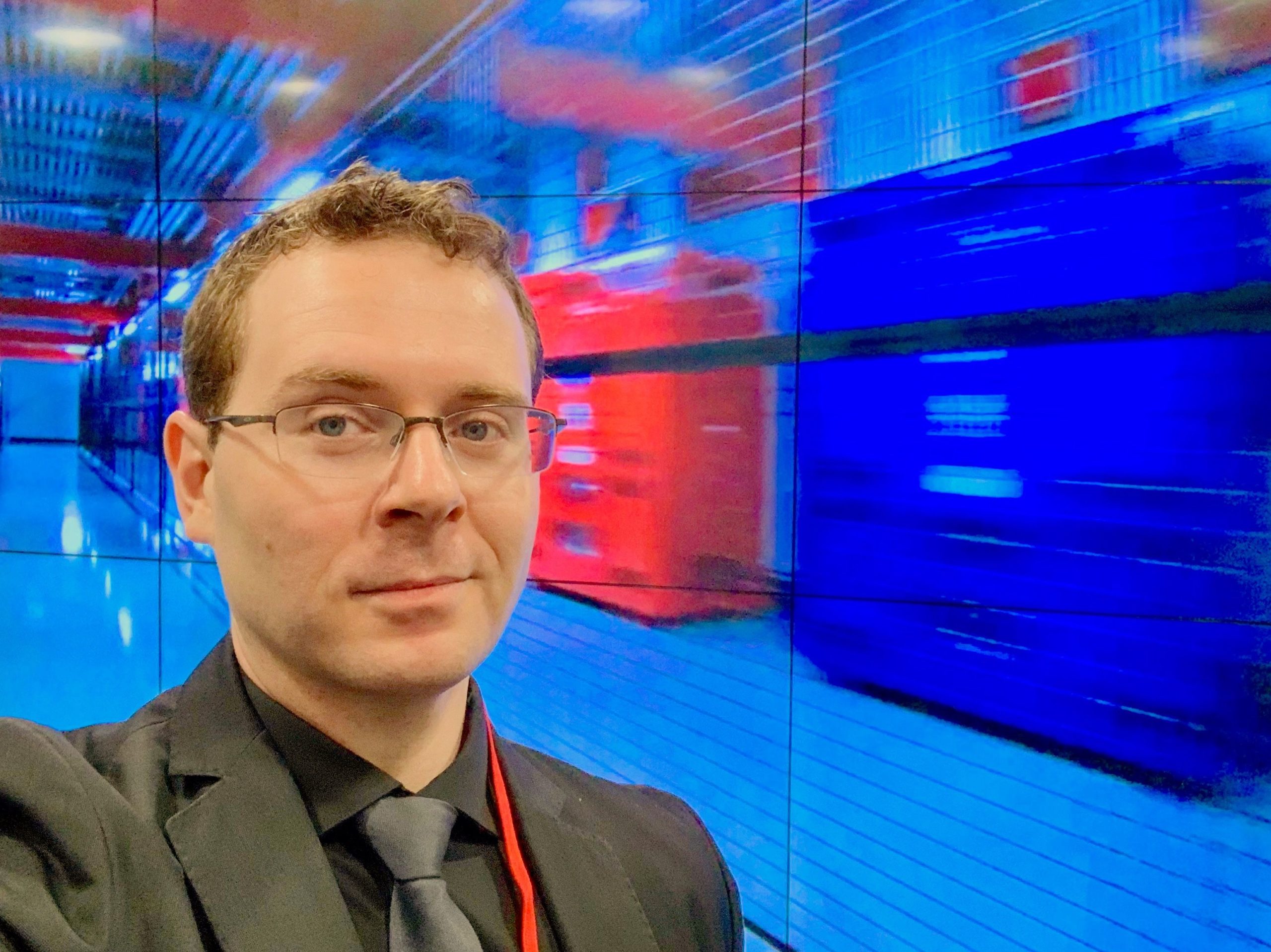Smaller Data Centers Require Efficiency Too10 min read

There’s definitely been a trend over the course of the past year. I’ve seen more organizations across almost every vertical and size further invest in their IT ecosystem. And, if you think these investments are going only to some kind of cloud architecture – like public cloud, you’d be mistaken. In a report containing a series of predictions about IT infrastructure services, Gartner analysts said that by 2020, cloud, hosting, and traditional infrastructure services will come in more or less equal in terms of spending.
“As the demand for agility and flexibility grows, organizations will shift toward more industrialized, less-tailored options,” said D.D. Mishra, research director at Gartner. “Organizations that adopt hybrid infrastructure will optimize costs and increase efficiency. However, it increases the complexity of selecting the right toolset to deliver end-to-end services in a multisource environment.”
Here’s the other reality – we continue to invest in efficiency, power utilization, and optimization for our data centers. A recent study from the United States Department of Energy showed that in 2014, data centers in the U.S. consumed an estimated 70 billion kWh, representing about 1.8% of total U.S. electricity consumption. This report shows that data center electricity consumption increased by about 4% from 2010 to 2014, a large shift from the 24% increase estimated from 2005-2010 and the nearly 90% increase estimated from 2000-2005.
Energy use is expected to continue to increase slightly in the near future at the rate of4% from 2014-2020. This is the same rate of increase as that of the past five years. Based on current trend estimates, U.S. data centers are projected to consume approximately 73 billion kWh in 2020.
And, as we use more energy, we’re also faced with greater costs for those kilowatt-hours. Gartner estimated that ongoing power costs are increasing at least 10% per year due to cost per kilowatt-hour (kWh) increases and underlying demand, especially for high power density servers. Approximately 10% of data center operating expenditure (OPEX is power, and power is likely to be about 15% of data center OPEX within five years.
So – what can IT administrators do to improve data center efficiency? What about all of those smaller data center sites; how do you improve data center performance?
“In most cases, improving IT equipment power usage can result in the greatest overall improvement in power usage efficiency,” said Henrique Cecci, research director at Gartner. However, when it comes to smaller data centers – there are other considerations as well.
Rise of the Branch Data Center
Smaller data center locations can be as small as just a few racks supporting remote users. Edge, branch, and remote data centers are all designed to bring data, apps, and resources closer to the user. It’s clear that over-centralization of data center resources simply doesn’t make sense. This is why so many organizations are effectively distributing their environments.
Remember, smaller data centers need love too. In my experience, there are three great ways to ensure that your remote data centers operate more effectively.
- Invest in good monitoring solutions. I really can’t stress this one enough. Good data center management and monitoring tools are absolutely critical. These types of solutions help you bridge operations, physical IT, and even virtual systems within your data center. DCIM tools can even integrate with airflow management, environmental monitoring systems, virtual environments, and so much more. There are truly powerful solutions out there designed for the biggest and smallest data center locations. The point is that you’ll never lose visibility into all of your critical resources. Bottom line – DCIM is very important.
- Get rid of legacy and invest in new architectures. Let’s make this clear: Do not take older servers from a large data center and put them into a small location only to call that your new “branch” data center. You’re just shifting legacy costs from a larger location to a smaller one. Remember, you’re supporting new types of business and user initiatives. Legacy gear will absolutely slow down that process. Furthermore, it will take up more space, use more power, and require more from your AFM solution. Take the time to understand your remote locations and absolutely invest in newer data center designs. This means working with improved aisle, rack, and even airflow designs. Most of all, it also means working with newer server technologies like converged and hyper-converged infrastructure. These types of solutions can help save on space, power, and even cost.
- Even in small data centers, airflow is critical. And not just airflow –cooling, working with economizers, and working with better heat containment solutions are all critical. Please don’t think that smaller data centers require less attention. In a business setting, ‘slow is the new down.’ So, if a remote data center starts experiencing latency or slowness, it can absolutely impact the rest of the business. Within a remote or branch data center, you’ll need to take environmental variables into consideration. Again, you can have as few one or two racks, but they still need to run efficiently.
As we move into 2018 and beyond, more organizations are going to rely on their data center services to be successful. This means investing in good technologies to help your operations run smoothly. A big part of this is the distribution of the data center and your ability to control and optimize it all.
It’ll be important to work with good technologies, great partners, and good use-cases to ensure you have the right solution set in place. Even if you have a small, remote data center, know that it’s being used by your people and that it’s important to your business. This means you need to apply good SLAs to ensure all of your data center resources (big or small) are running optimally.

Bill Kleyman
Industry Analyst | Board Advisory Member | Writer/Blogger/Speaker | Contributing Editor | Executive | Millennial
Bill Kleyman is an award-winning data center, cloud, and digital infrastructure leader. He was ranked globally by an Onalytica Study as one of the leading executives in cloud computing and data security. He has spent more than 15 years specializing in the cybersecurity, virtualization, cloud, and data center industry. As an award-winning technologist, his most recent efforts with the Infrastructure Masons were recognized when he received the 2020 IM100 Award and the 2021 iMasons Education Champion Award for his work with numerous HBCUs and for helping diversify the digital infrastructure talent pool.
As an industry analyst, speaker, and author, Bill helps the digital infrastructure teams develop new ways to impact data center design, cloud architecture, security models (both physical and software), and how to work with new and emerging technologies.
Airflow Management Awareness Month
Free Informative webinars every Tuesday in June.







0 Comments